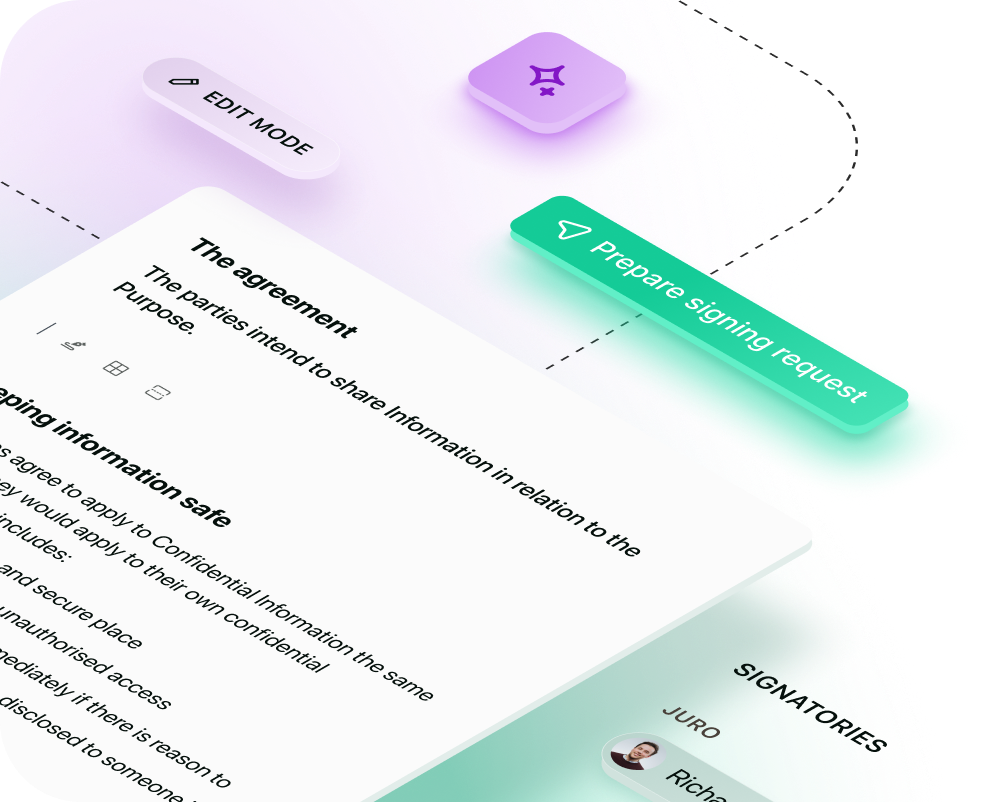Solutions
Customer Support
Resources
Use this severance agreement to ensure a smooth and amicable parting of ways between employer and employee.




Navigating the complexities of employee departures can be streamlined with a well-crafted severance agreement.
Whether it's due to layoffs, mutual separation, or other forms of employment termination, a severance agreement is a vital tool for both the employer and the employee.
Let's delve into what severance agreements are, their typical use cases, and how to create one effectively.
A severance agreement is a contract between an employer and an employee that outlines the terms of the employee's departure.
This contract typically includes details about severance pay, benefits, and any confidentiality or non-disparagement clauses. It serves to provide a clear end to the employment relationship and to minimize potential disputes or legal actions post-termination.
.avif)
Severance agreements can be unilateral, where only the employer sets the terms, or mutual, where terms are negotiated and agreed upon by both parties.
Mutual agreements are common in executive-level departures where negotiation power is more balanced.
Severance agreements are particularly useful in the following scenarios:
Severance agreements are typically drafted by legal or HR departments. They ensure that the company's interests are safeguarded and that the agreement complies with employment laws.

A comprehensive severance agreement should cover:
The traditional process of creating a severance agreement can be cumbersome, involving back-and-forth communications and multiple document versions. This can lead to inefficiencies and errors.
.avif)
Modern businesses are turning to automation to streamline the creation of severance agreements. Automated templates can generate agreements quickly, ensure legal compliance, and reduce the administrative burden.
The benefits of automating your severance agreement template
If severance agreements are becoming a bottleneck in your HR processes, consider automating them with Juro.
Juro can help you manage severance agreements efficiently, ensuring legal compliance and a smooth transition for both parties.
Ready to streamline your severance agreement process? Contact us via the form below for a demo.
Juro is the #1-rated contract platform globally for speed of implementation.


Juro embeds contracting in the tools business teams use every day, so they can agree and manage contracts end-to-end - while legal stays in control.
Book your demo